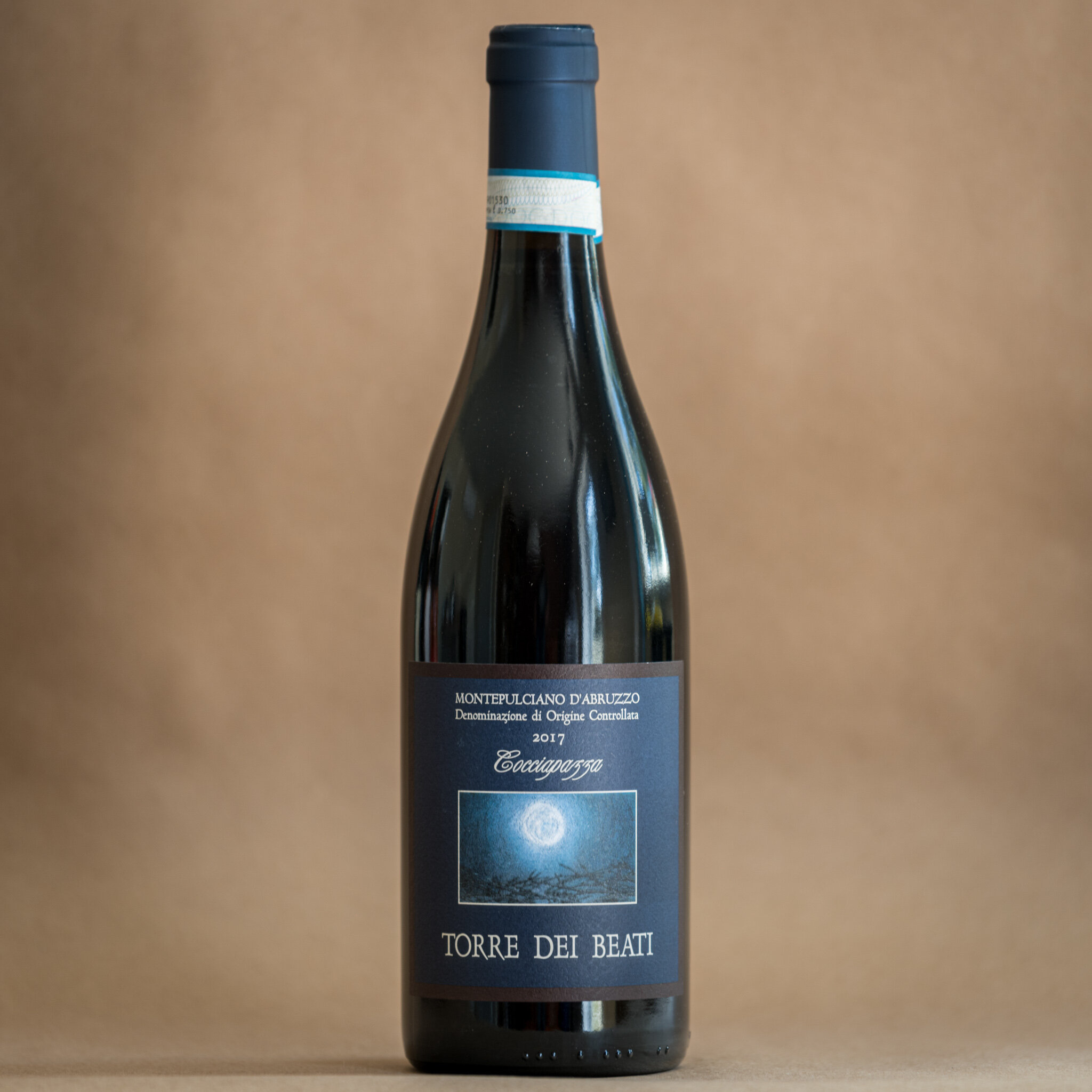Torre dei Beati
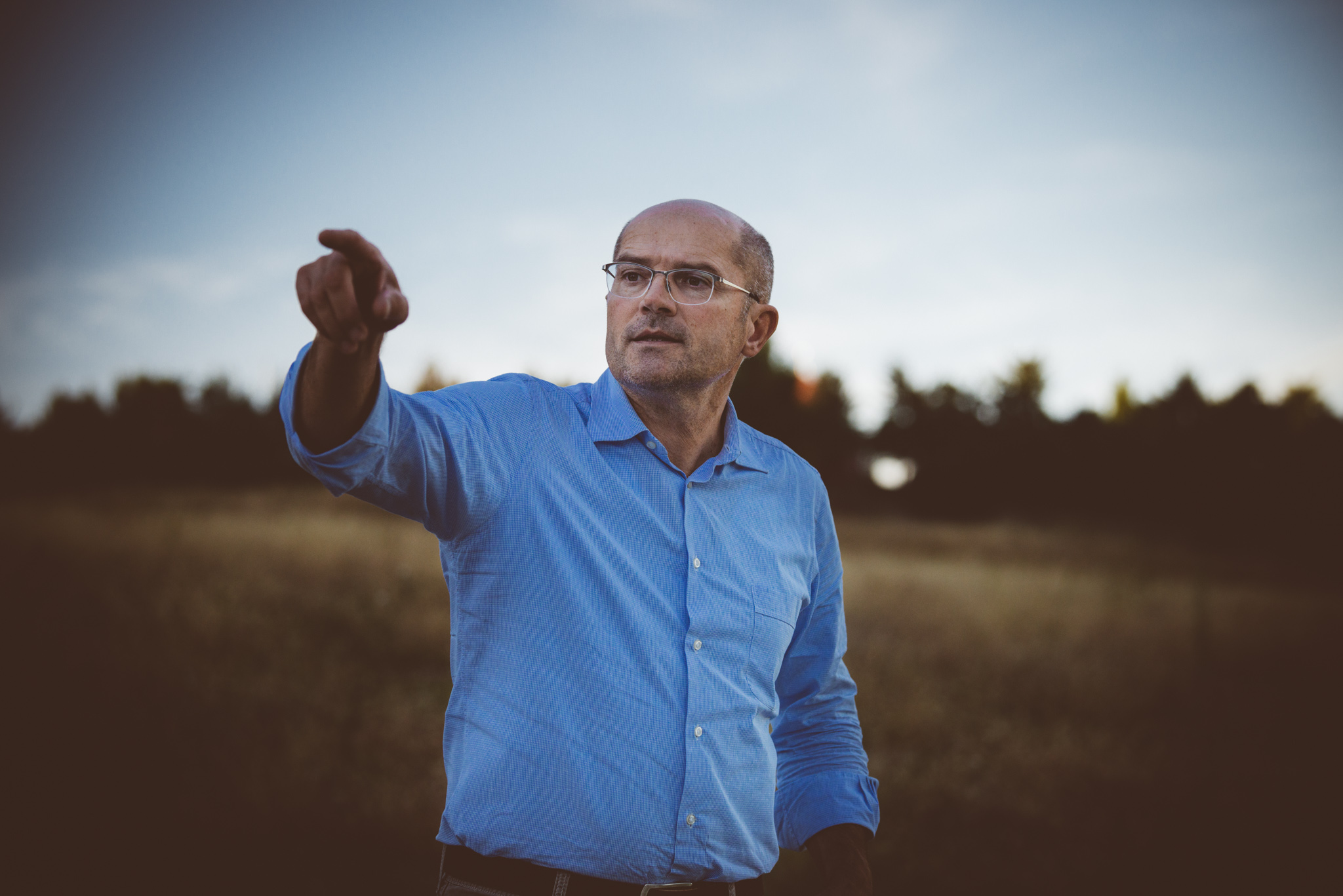
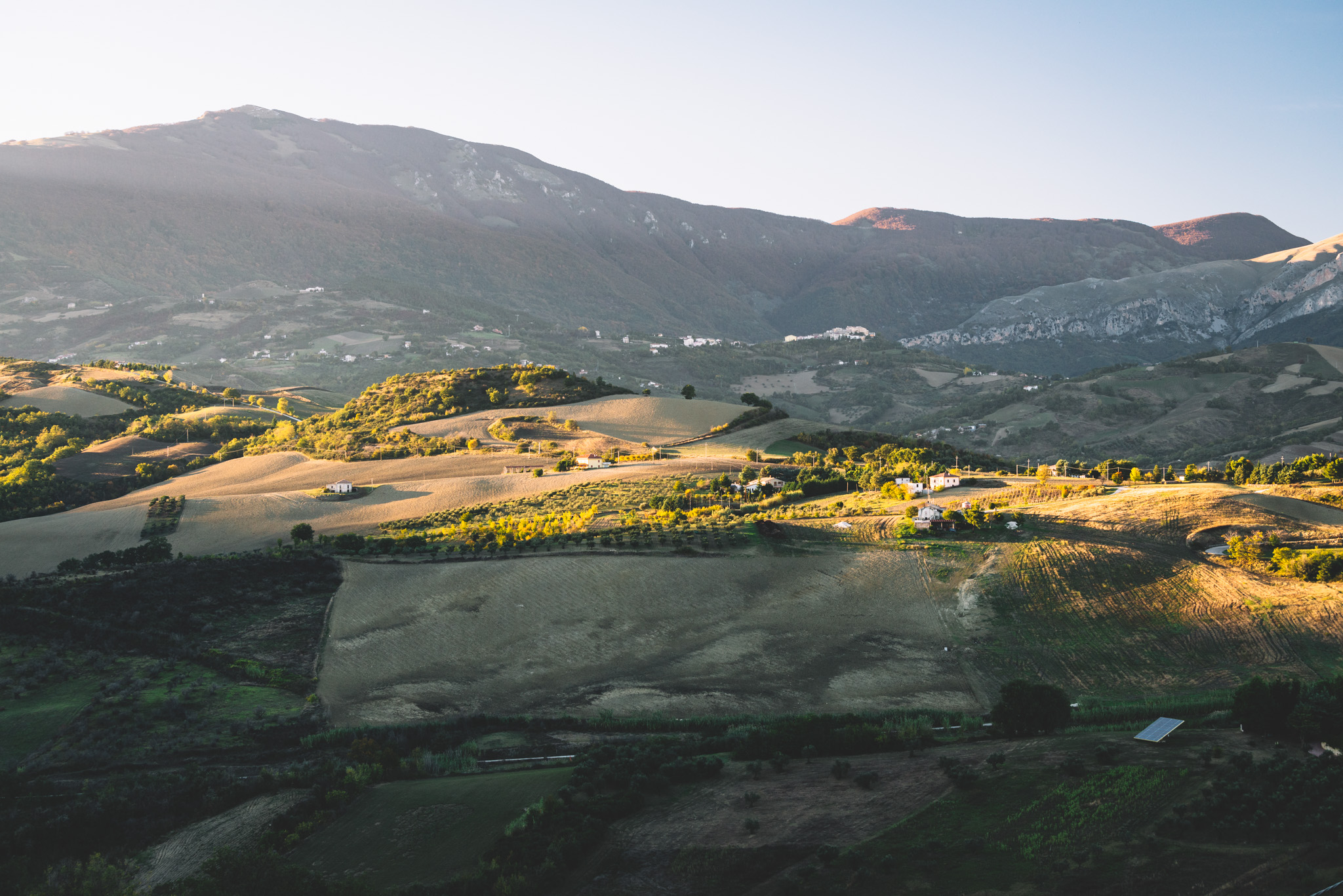

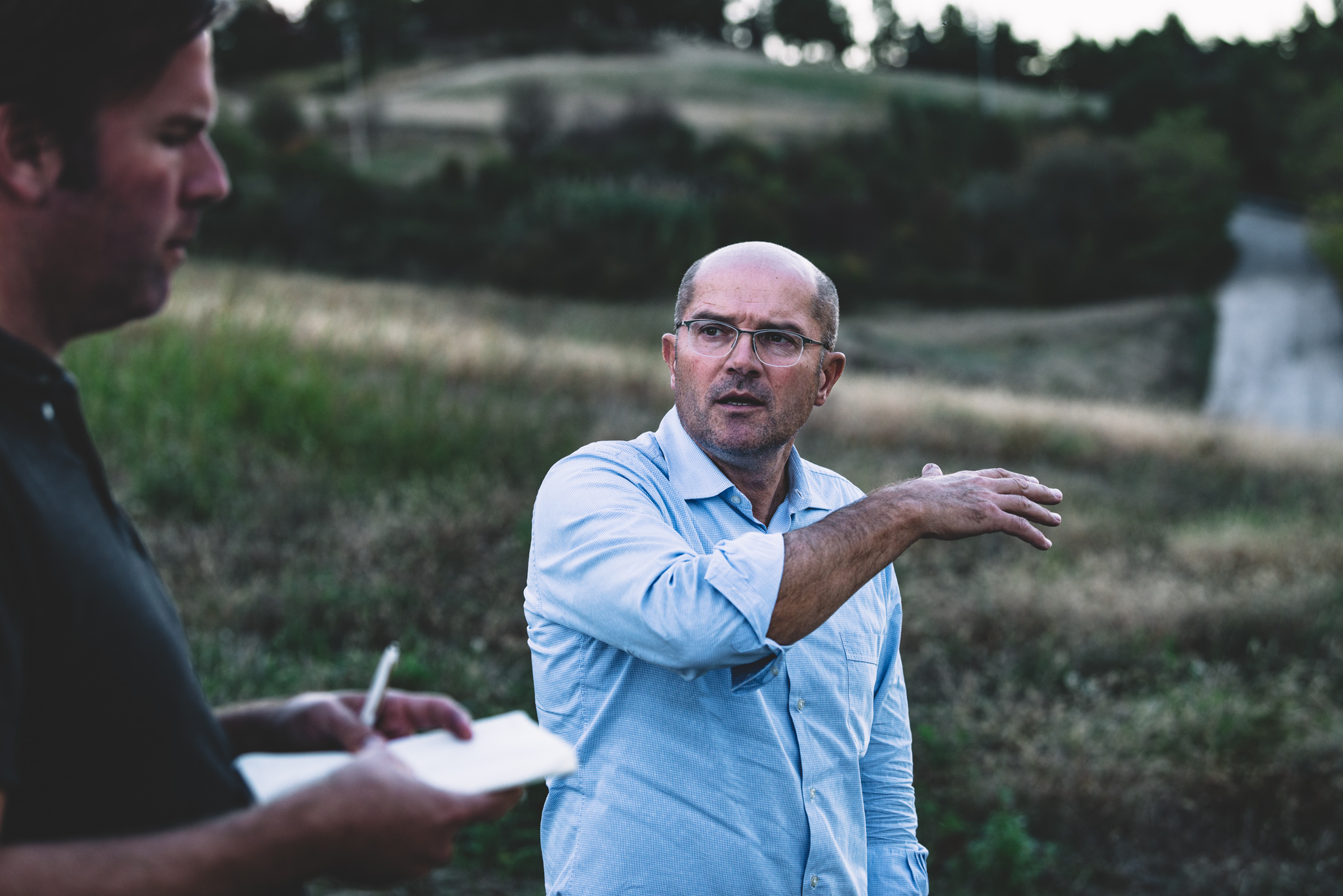

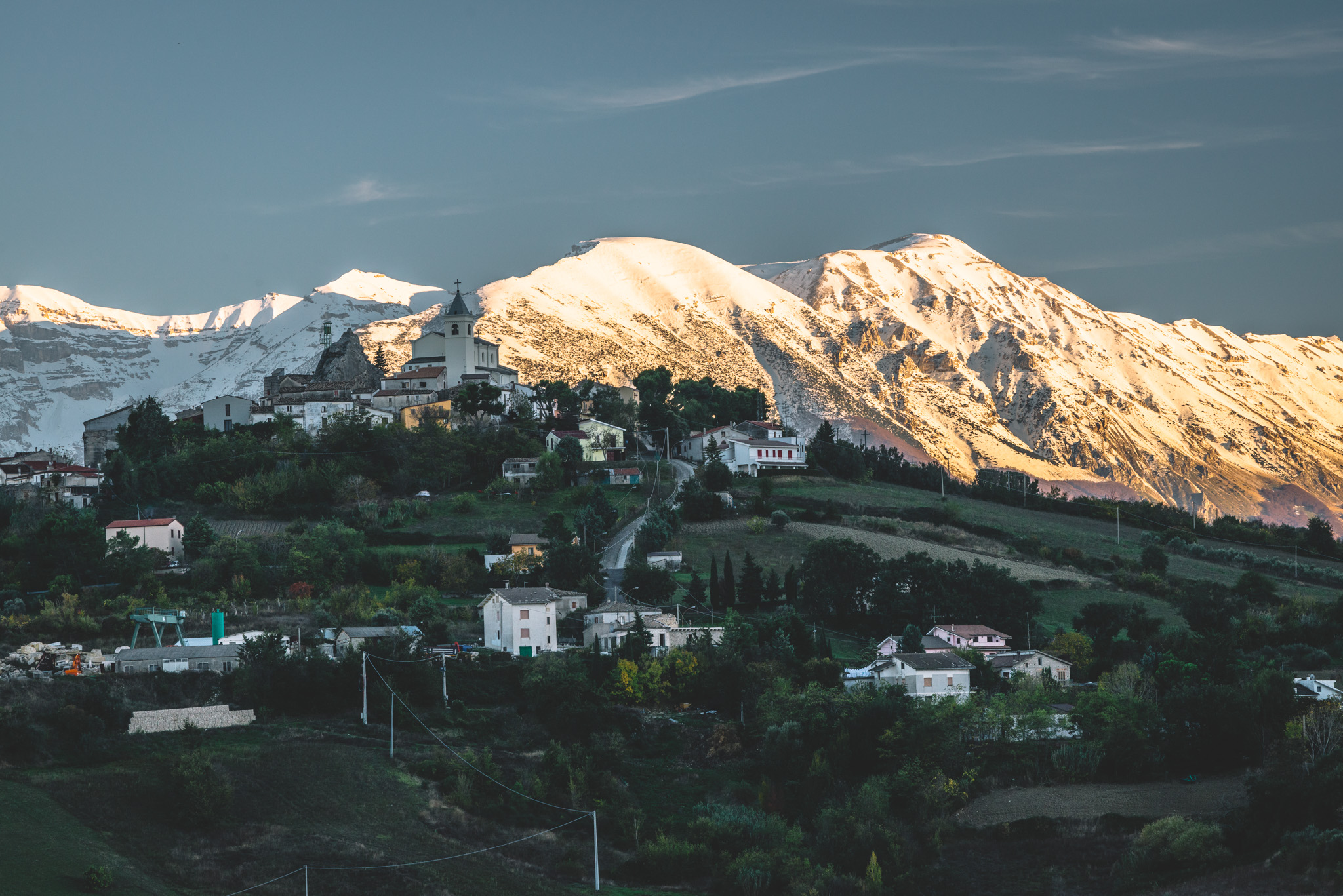
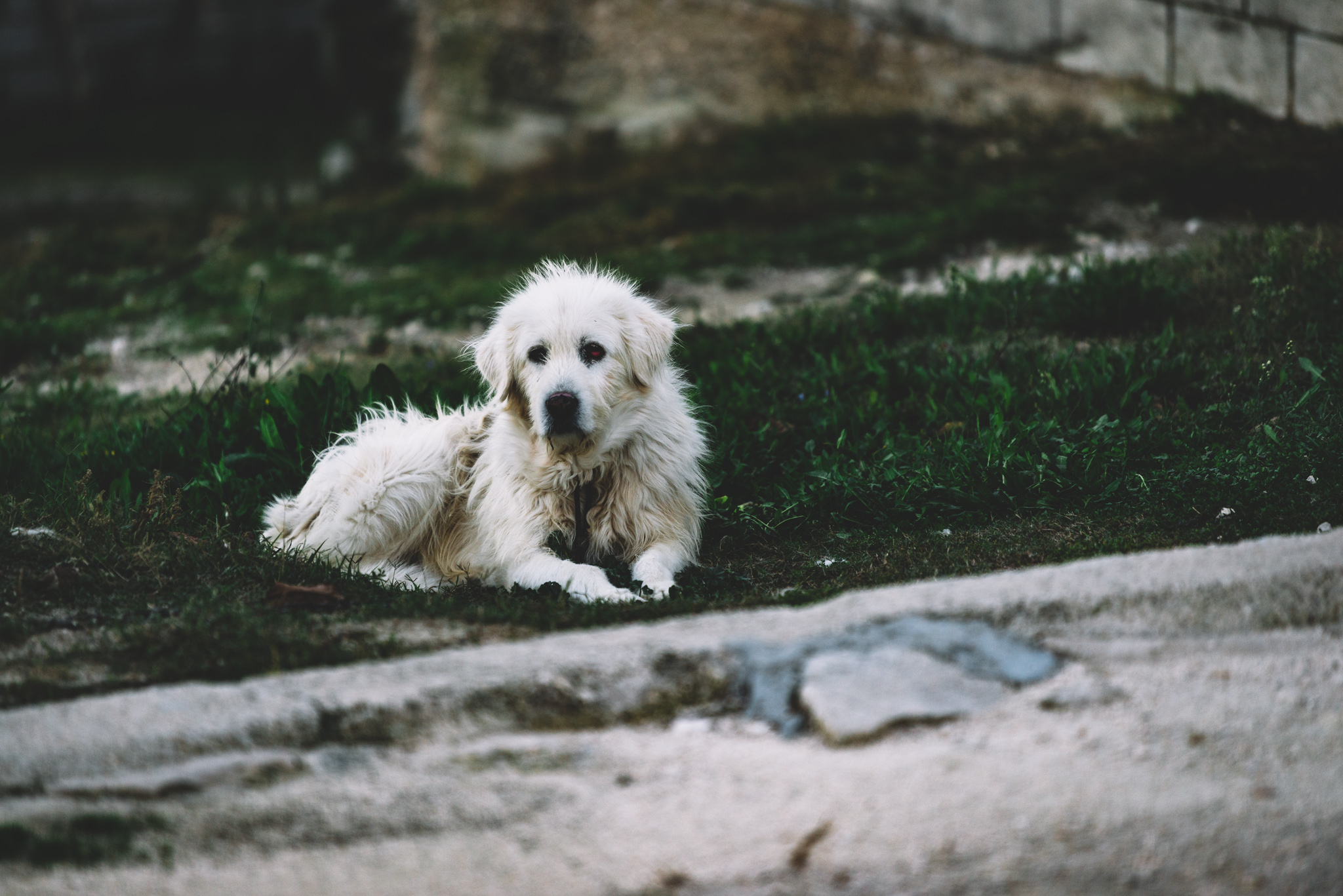


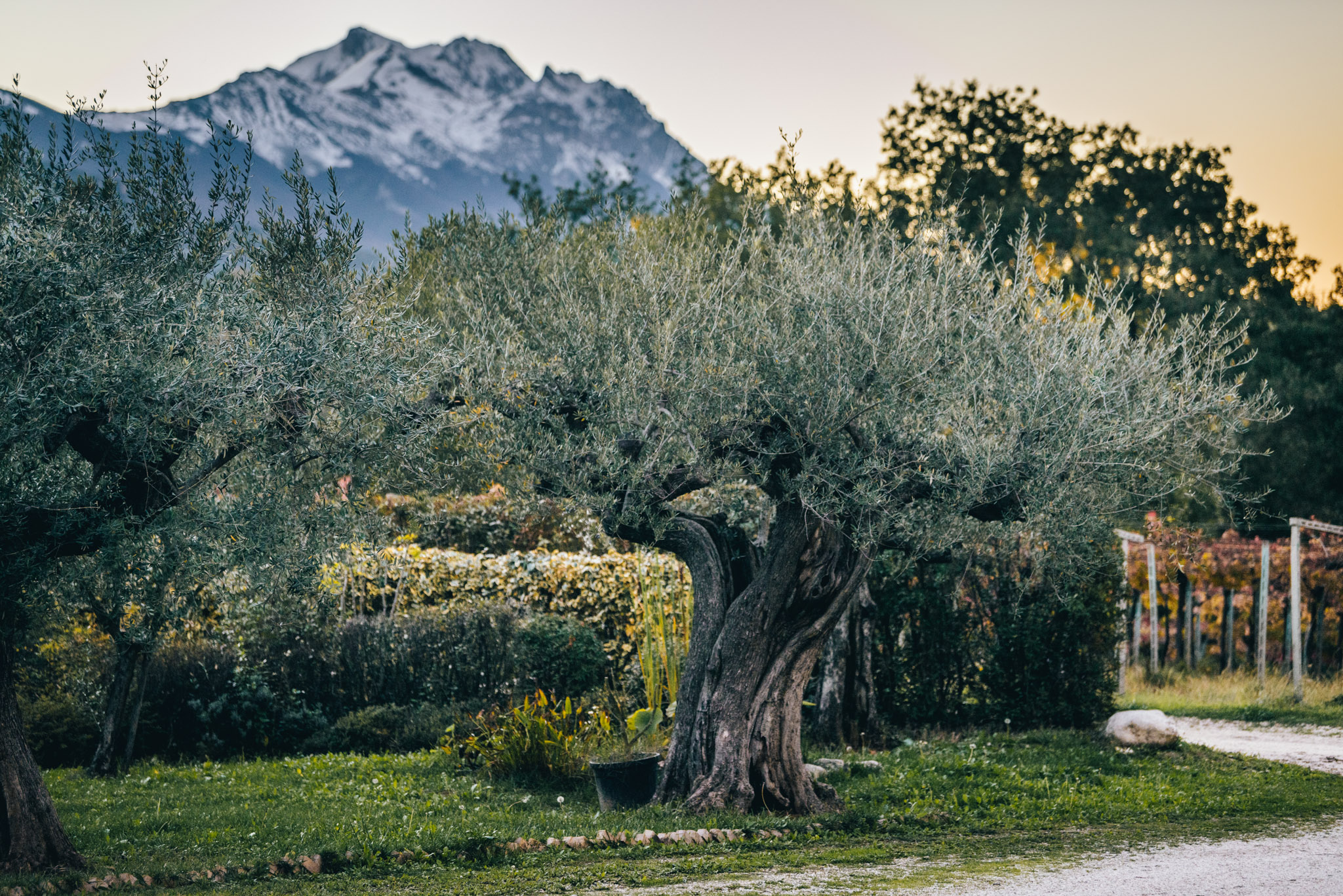
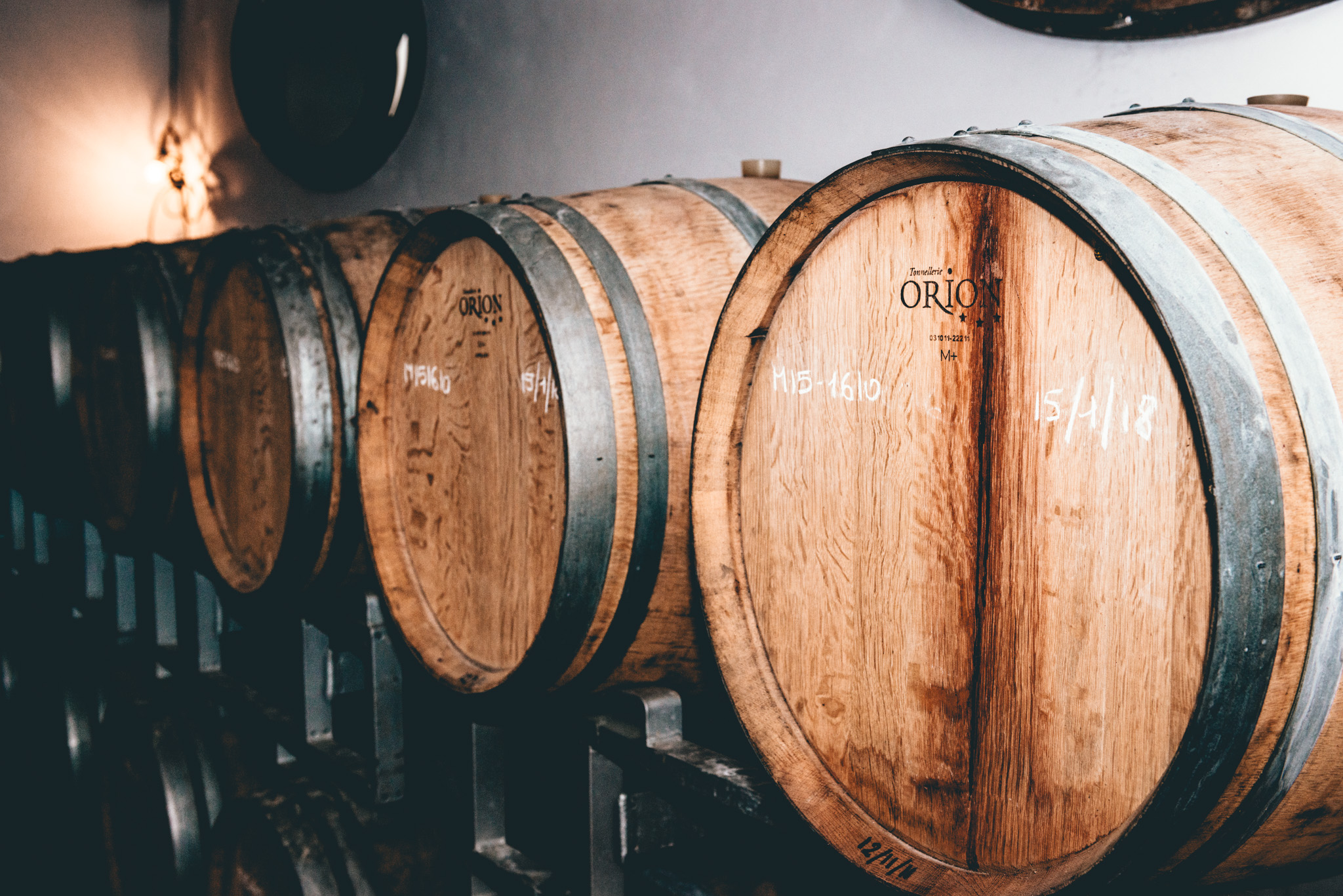

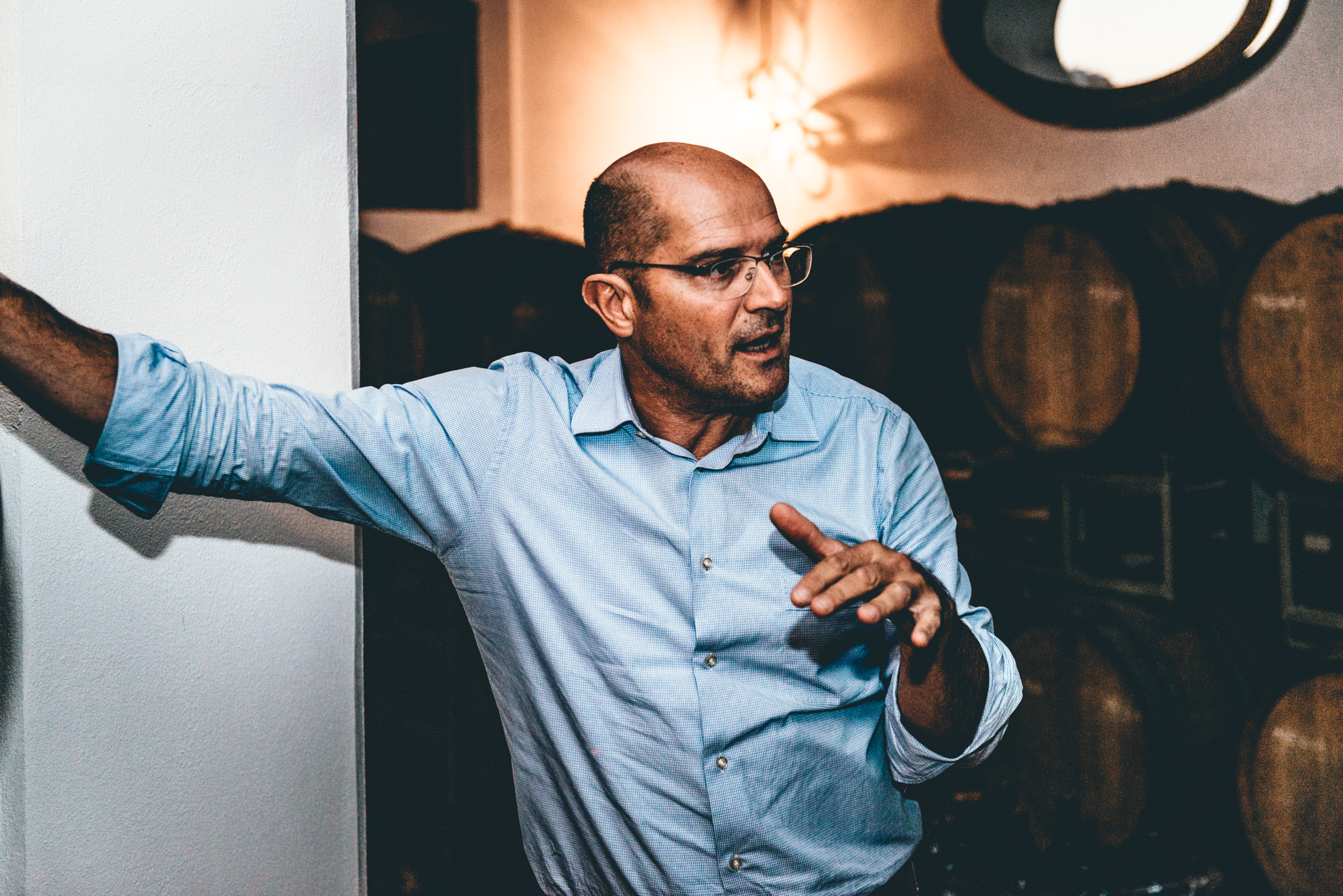
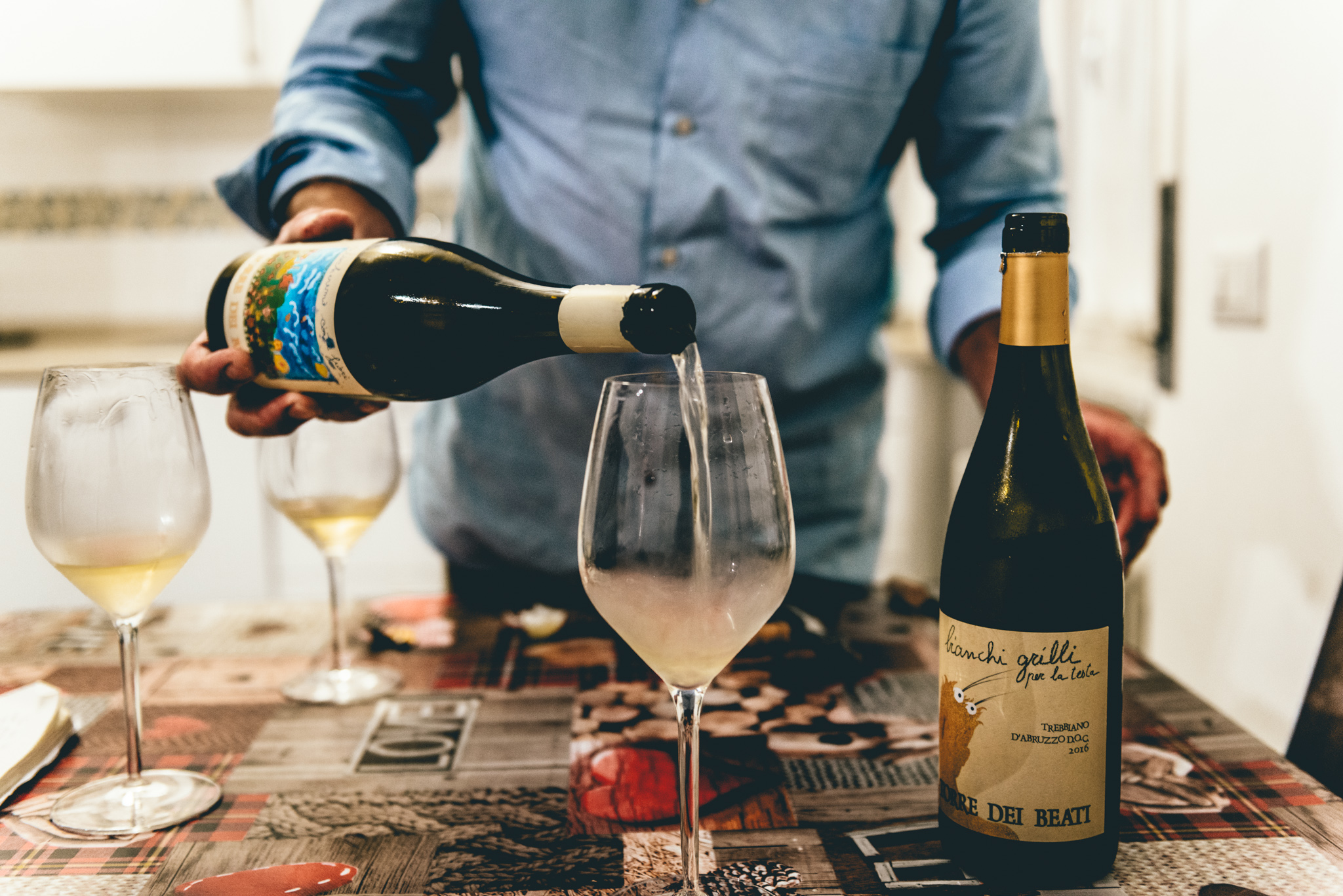
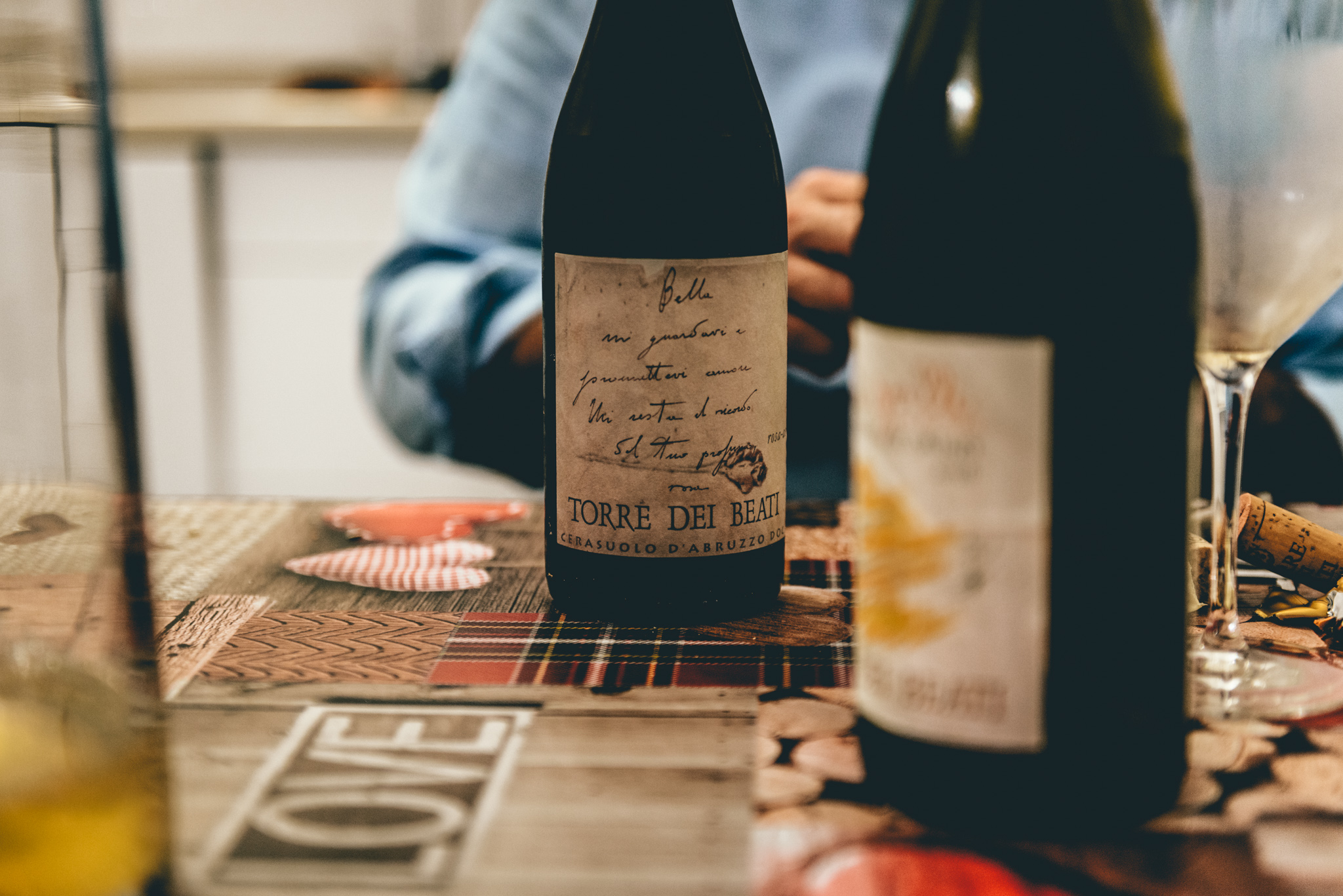
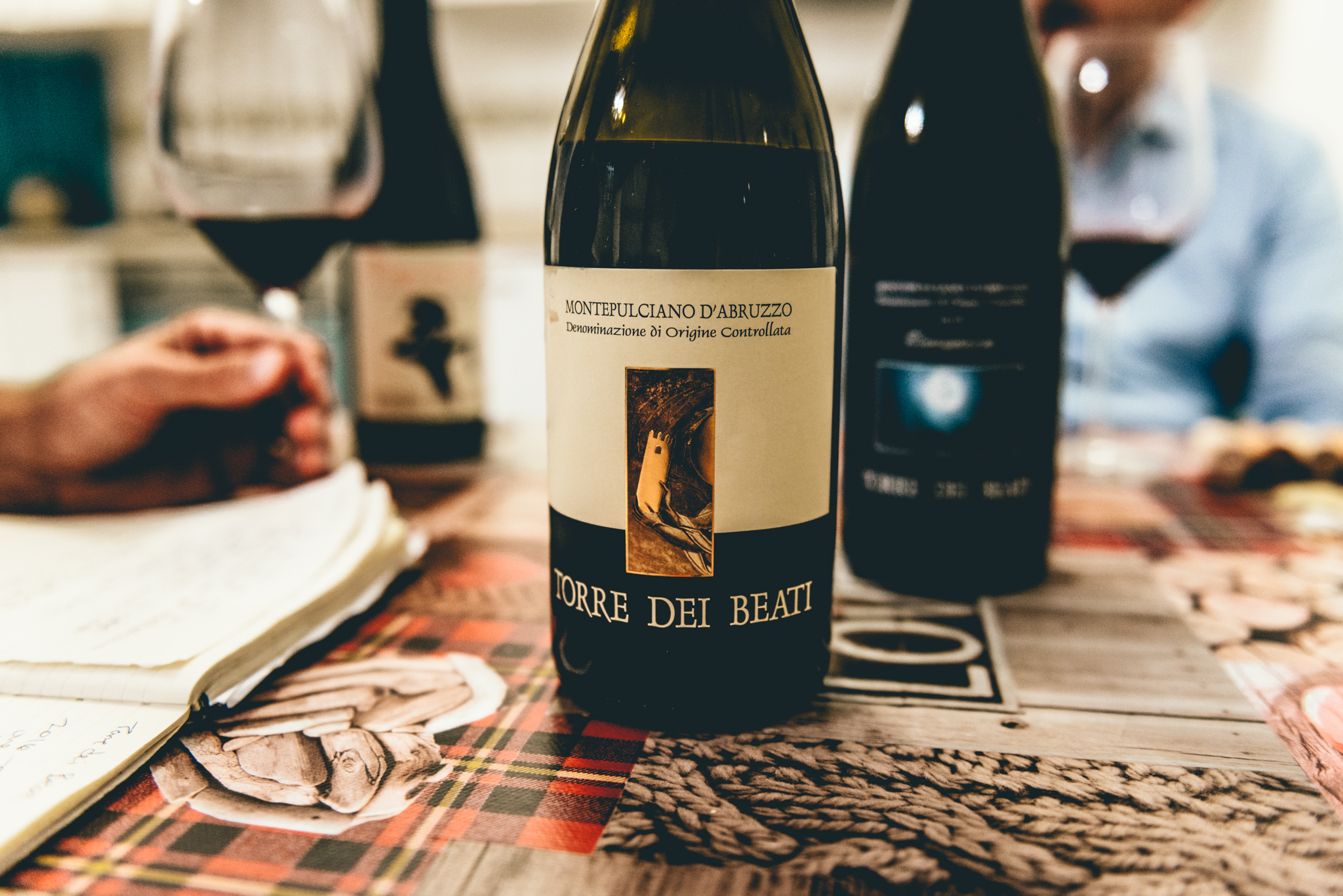
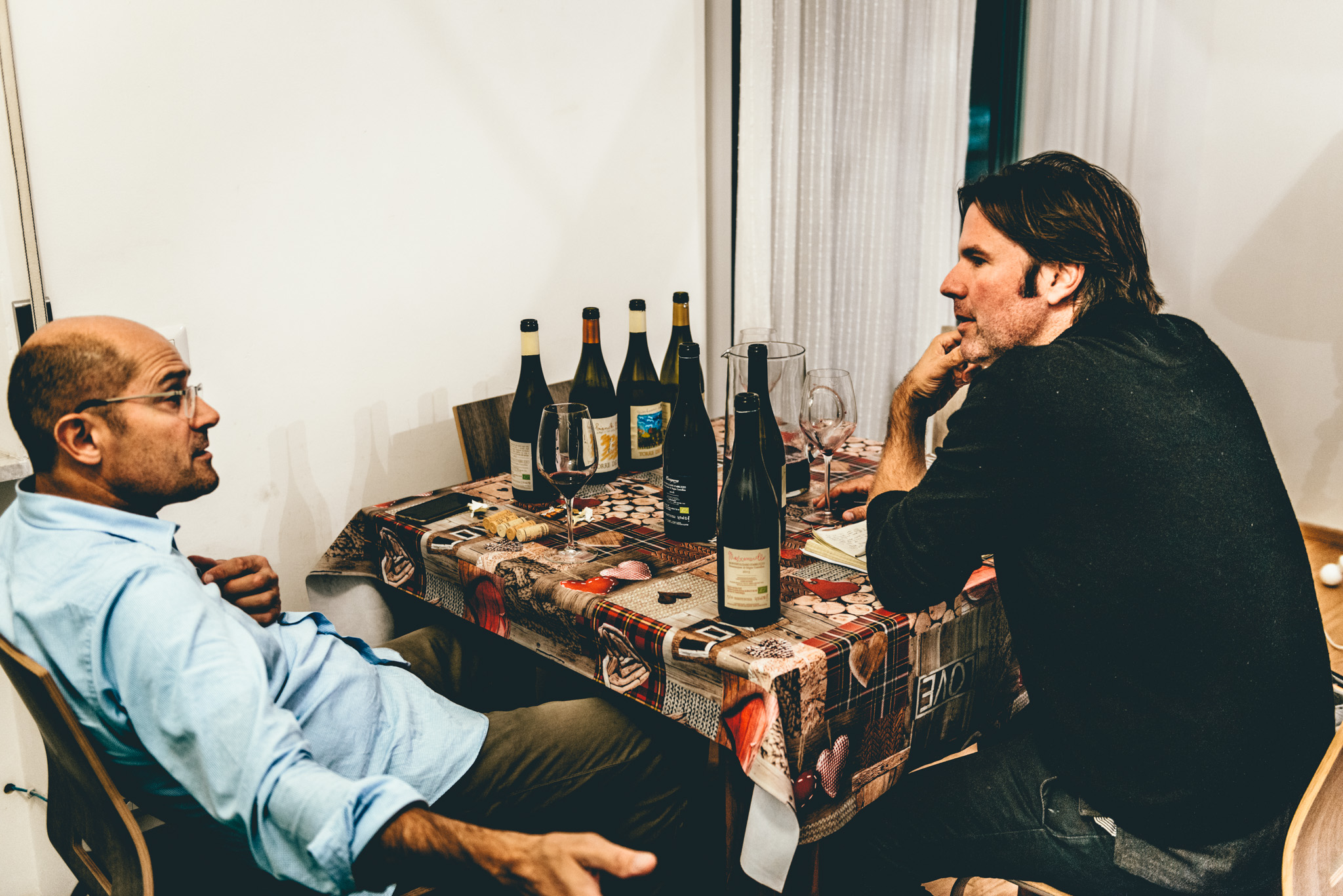
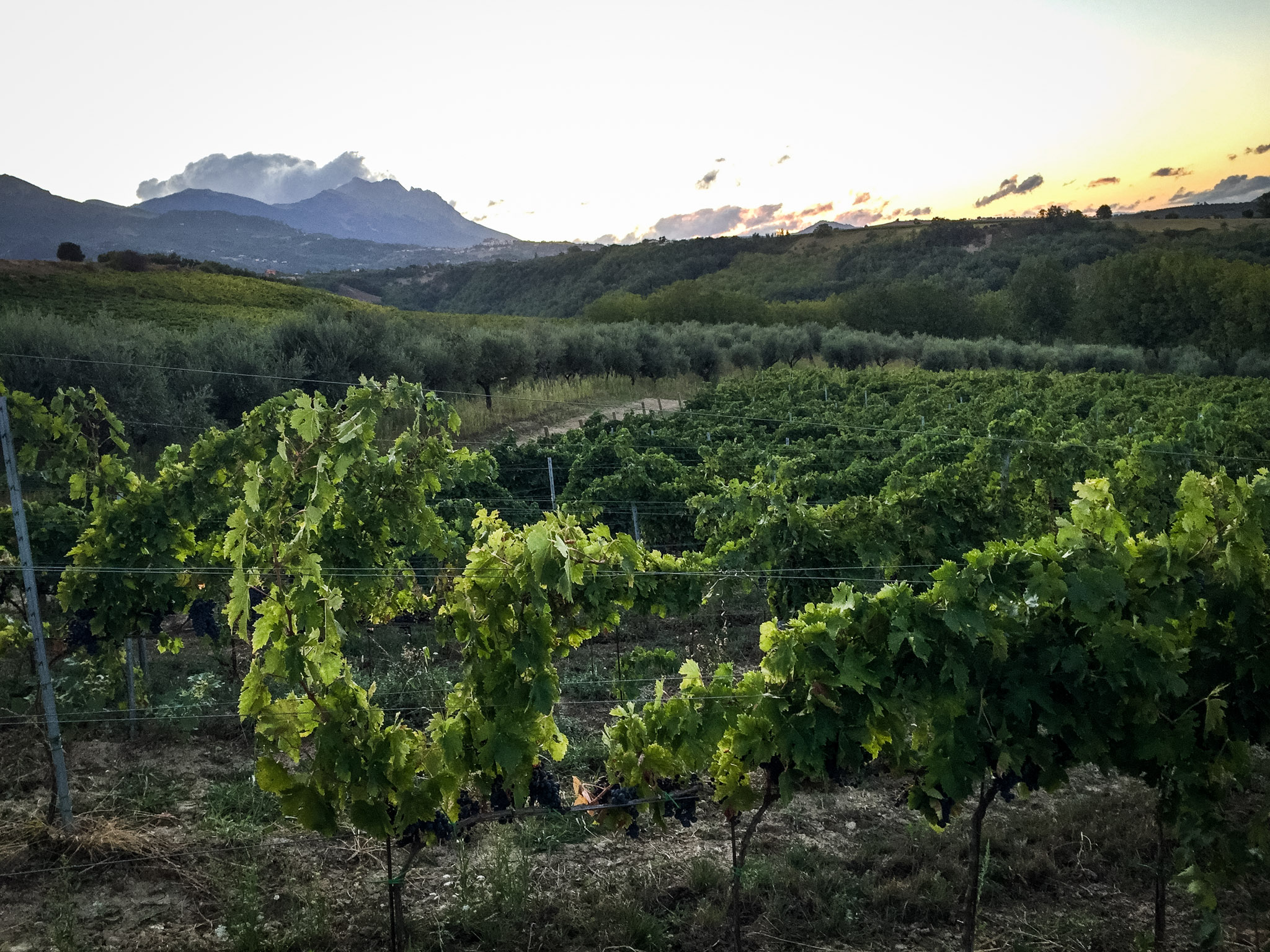
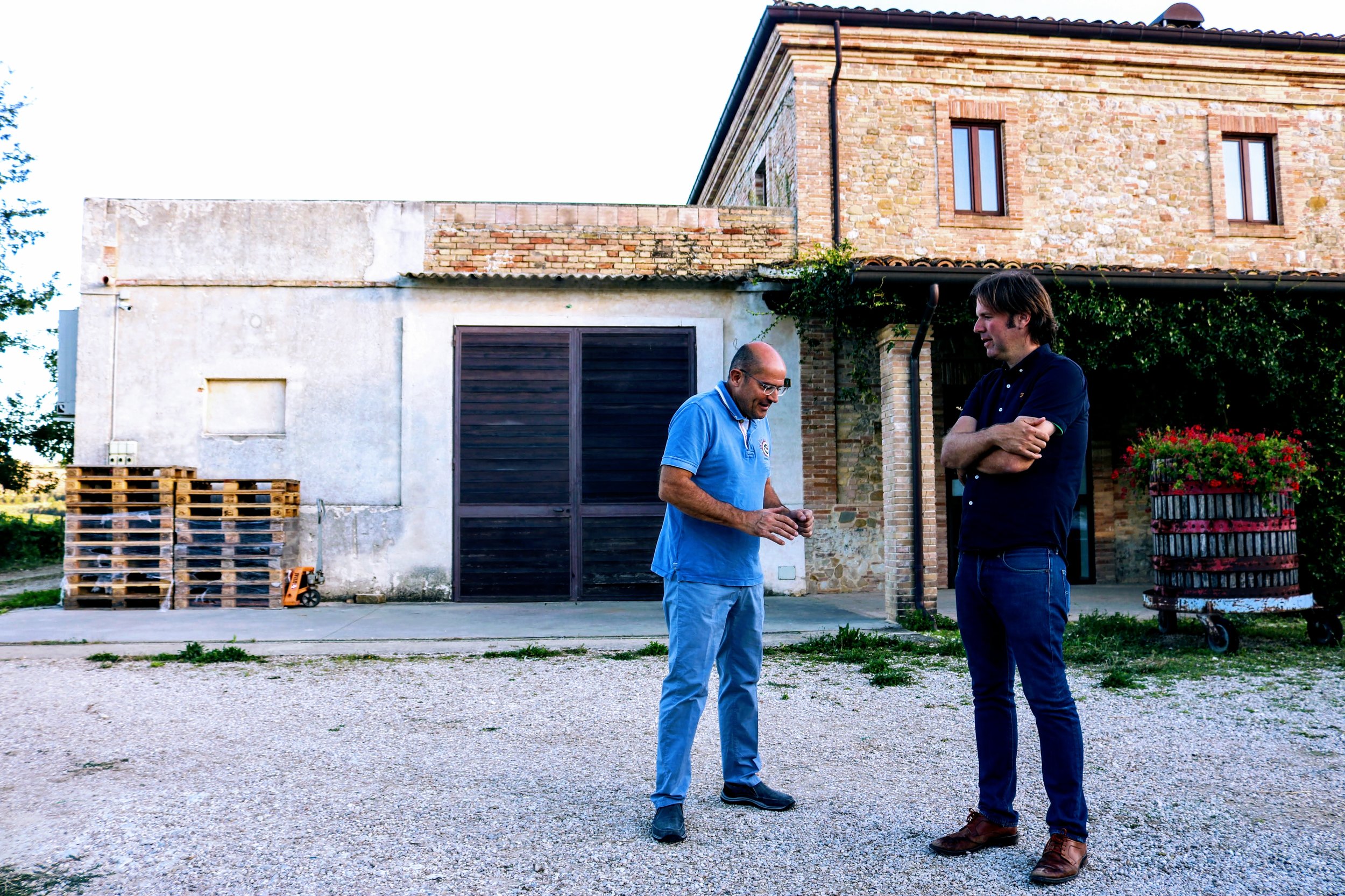
Who: Fausto Albanesi
Where: Loreto Aprutino (Abruzzo, Italy)
What grapes: Montepulciano, Trebbiano, Pecorino
Key fact: Fausto’s certified-organic family owned and operated estate grows indigenous Abruzzese grapes.
Website: http://www.torredeibeati.it/en
Instagram: @torredeibeati
Torre Dei Beati “Giocheremo con i Fiori” Pecorino Abruzzo DOC
Viticulture: certified organic
Soil type: Clay-limestone
Elevation: 300m
Grapes: Pecorino
Method of fermentation: Fermentation in stainless-steel, aging in 100% stainless-steel.
Melon, lychee, citrus rind. Giocheremo con i Fiori is tailor-made for a day under Fausto Albanesi’s beloved beach umbrella, facing the tranquil Adriatic. All the wines at Torre dei Beati are certified organic, lovingly tended by Fausto, his wife Adrianna, and one old farmer dude, way up in the Apennines. A beautiful place to farm. Perfect for making taut, light, terroir-laden white wines. — JM
Torre Dei Beati “Rosa-ae” Cerasuolo d’Abruzzo DOC
Viticulture: certified organic
Soil type: Clay-limestone
Elevation: 300m
Grapes: Montepulciano
Method of fermentation: Temperature controlled fermentation in stainless steel at 15℃ after half the grapes are cold pre-maceration bled and half are gentle pressed as whole bunches.
Maraschino, strawberry, and tangerine. Fausto is a man of many passions. Walk along the road that connects Francavilla al Mare to Pescara he’ll mention the finer points of every beachfront seafood restaurant. Stop for a meal and the centerpiece will be just-caught crudo. Tiny briny crustaceans that taste indelibly of the Adriatic. This wine is pure bliss with raw fish.
*serve with sushi, wherever you are. — JM
Torre Dei Beati Montepulciano d’Abruzzo DOC
Viticulture: certified organic
Soil type: Clay-limestone
Elevation: 300m
Grapes: Montepulciano
Method of fermentation: Fermentation in stainless-steel with cold pre-maceration and total maceration of 20 days.
Dark cherry, woodsmoke, seamless. In an underestimated region, it is essential to be an advocate for hidden culinary delights. When you make an iconic pizza wine, a pilgrimage to La Sorgente becomes imperative. Hidden deep in the Majella mountain range, the place makes Abruzzo’s best pizza. In terms of style it faces Rome, not Naples. Eat the 7th slice of perfectly crusty pinza with a full glass of Fausto’s Montepulciano and you aren’t being overindulgent, you are soaking in one of life’s small moments of joy.
*also works with great NC pizza — JM
Torre Dei Beati “Cocciapazza” Montepulciano d’Abruzzo DOC
Viticulture: certified organic
Soil type: Clay-limestone
Elevation: 250m
Grapes: Montepulciano
Method of fermentation: Fermentation in steel tanks, then 20 months in French oak barriques,1/3 new, 1/3 one year old, 1/3 2 years old.
Dried berries, spice. Pure black fruit. Fausto is fond of an arrosticini eating contest. When he’s not restoring ruined palazzos or revitalizing the reputation of Montepulciano d’Abruzzo, one of Italy’s most maligned DOCs, our energetic friend will fire up the yakitori-style grill and cook mutton and pig’s liver on a stick until you say zio. I represent America quite well in these contests, but my daughter is undefeated. The seamless dark cherry fruit and subtle woodsmoke of this wine will make that 11th skewer of grilled organ meat all the more sublime. — JM
Where are all the people? It’s unnerving. I headed somewhere different, remote, empty. It felt abandoned. Stark. In winter the mountainous interior of Abruzzo was deserted. I arrived too early for my appointment at Torre dei Beati, which was good because I was hungry. I drove way down a gravel road, following signs for a restaurant. It was empty. The proprietors sat watching variety shows, stirring minimally at my arrival. As I sat waiting for a very simple pasta lunch to be delivered, two more non-local Italians arrived in a gleaming blue sports car, entered and sat at a table. It was a relief, the tension broken, no more need to stare at preposterous daytime programming or the squeaky clean tile floor.
I arrived at a small café that shared a parking lot with a shop selling local products. The crossroads it bordered was our prescribed meeting point, necessary because directions or google maps are powerless to find Torre dei Beati. The café was mostly empty, two truck stop waitresses joked around behind the dark bar, probably wondering why central casting delivered them to a remote mountainside in Abruzzo instead of a smoky diner surrounded by 12 lanes of autostrada. They’d managed to recreate the ambiance of their indigenous habitat, or the smokiness at least. The chatty duo dispensed espresso at rock bottom prices and lifted my spirits after that interminable silent lunch.
After a quick phone call Fausto Albanesi arrived. He smiled, we breezed through small talk, I followed him even deeper into agricultural back country. My rental car would be returned dirty. There are prohibitions regarding gravel roads and rental cars that I violate with impunity.
The estate is quiet. Nobody around, empty newly restored rooms that echoed with our conversations. Fausto is a friendly and informative host, and we had unfettered space to talk. The building pleases my inner critic. The size is correctly matched to the scale of Torre dei Beati’s farming operations, the traditional aesthetics are ideal for the rural landscape. Much later I learned Fausto is a part-time architect.
Torre dei Beati’s oldest Montepulciano vineyard was planted in 1972 by Fausto’s father-in-law Rocco. He sold grapes and eventually passed along seven hectares, no equipment and a destroyed old house to his daughter Adrianna Galasso, and Fausto. Those were the original materials of Torre dei Beati. Now the property is 17ha, very close to the mountains (Gran Sasso is in full view) and close to the sea. These are good neighbors: cool air flowing down from the mountain to the sea is excellent circulation, ideal for an organic estate committed to avoiding chemical fungicides.
The elevation of Torre dei Beati’s vines creates significant day/night temperature swings, important for freshness in the wines. You may have noticed that freshness and vibrancy are not universal characteristics of wines from Abruzzo. “Cold air is important to get rid of insects and diseases of the vineyard.” Well, at Fausto’s place in summer, daytime high temps near 30 degrees Celsius can dip to 5 degrees Celsius by the wee hours. Hence the wines have an acid spine and avoid any messy, flabby hot-climate flavors. And pests are kept in check.
Next door is Eduardo Valentini’s legendary estate. Those wines are too expensive.
“We have to fight to make the vineyard produce less grapes” Albanesi said. Abruzzo is fertile, even high in the mountains. “Like a person, if they have a certain lifestyle it is hard to change.”
They prune shorter and shorter. They make a strong selection of the grapes. This is hard work mentally. Think about how much you prune your garden’s tomatoes, versus how much you should prune them to create optimally ripe, perfect low-yield tomatoes. If you are similar to me, too much fruit is left on the vine.
Not at Torre dei Beati. “We know every corner of the vineyard. We know which grapes to put in the tank.” Real hands-on daily farming leads to this basic awareness.
Fausto leaves the foliage closest to the grape clusters intact, to prevent sun damage. Sunburn was a major issue for many in Abruzzo during the 2011 and 2012 vintages. “If you manage the vineyard correctly, it is less of a problem.”
And here’s where the really hard work begins. “When we harvest we pick just a couple bunches per vine and leave the rest to ripen. Then we come back, 5-6 times, to optimize the maturation process.” That’s a lot of passes through 17 hectares of vineyard. As the ripe fruit enters the winery it passes over a sorting table where clusters are selected by hand. The trained eyes of Fausto & co. use scissors to cut out imperfect grapes (and leaves and other vine detritus) from the harvest. “I try to do my best from the beginning… but nature is the master.” Fausto doesn’t shy away from additional labor when following nature’s plan for his wines.
The wines:
Giocheremo con I Fiori Pecorino is labeled with a painting by Fausto’s young daughter. Playful, like the wine. “From a technical point of view this is the most interesting variety of my region.” The grape manages to concentrate sugars while retaining plenty of acidity. It’s a naturally low-yielding grape. To me it tastes more savory/saline/stony than most whites from Abruzzo. Albanesi doesn’t like hyper-reductive winemaking techniques. He uses the stems when making this wine, so he can press the clusters with a lower pressure. The stems provide channels for the juice to run out. After fermentation he keeps the wine on the lees for several months.
Rosa-ae Cerasuolo is a full-bodied, ripe pink wine with a medium-rose color. It is made using ½ saignee method Montepulciano, and ½ Montepulciano that was vinified like a white wine. This is Fausto’s logical solution to the seasonal rose conundrum. He says the white vinification method makes a better summer rose, the saignee method creates a fuller, fruity wine that’s better when it’s cold outside. So 50/50: good all year long!
All the estate’s reds age in 7 to 8 year old large barrels or barriques, because Albanesi is certain they need oxygen exchange from the wood. He points out they become stable after two years in wood, naturally, with no need to clarify. The Montepulciano d’Abruzzo is aged in big barrel and old barriques for two winters. It sets a high bar for “basic” Montepulciano. I can’t find any flaws and really wouldn’t want it to be any other way.
Fausto Albanesi is generous with his time and with the flavors of his home region. His direct and information-rich conversational style is refreshing, as are the wines. They make me think about the human component to terroir, and how working harder is imperative if you are lucky enough to farm exceptional land.
Abruzzo and undersea bugs, or A fish dinner in Francavilla.
Brodetto. This adventure starts with an off-hand comment by Fausto Albanesi. He was visiting North Carolina, presenting wines at a variety of Torre dei Beati-themed events. I said the Rosa-ae Cerasulo was really good with all types of seafood (amazing for a Montepulciano-based wine) and he mentioned that is was made in an uncommon way, half like a white wine, half saignee. Then we talk about fish. “In the morning small boats of fishermen sell their catch on the beach near my house.” A peculiar look was in his eyes. I sensed this was really a central thing in his universe. I wanted to check it out, partly to understand Fausto, and mostly because I love fresh seafood.
When planning my trips to Italy I get the important things on the schedule first. In an early email to Fausto I said I wanted to cook Dover sole bought the morning of my arrival in Francavilla al Mare. Sort of my rider for showing up: It’s a little ridiculous, but I’m demanding like that.
Francavilla was destroyed by retreating German troops at the end of World War II. It had been a popular tourist resort, and still has some bustle mid-summer, but it is fading. Adjacent Pescara, a city Fausto takes pains to point out did not exist 100 years ago, is clearly ascendant. Public works and seafront renewal projects in Francavilla seem interminably stalled, in Pescara they progress, and successful bars and restaurants line the city’s “old town” and beachfront area. Fausto has to admit the gelato is better in Pescara. I opt for acacia honey and Montepulciano grape must scoops. In the midday sun of spring’s first warm day they are both worth the short drive north.
I pass layers of Galassos as I follow the unmistakable, intense smell of fish cooking in liquid up to Fausto’s third floor apartment. I’ve never been to his home before, so I’m checking every nameplate. Everyone in the apartment building shares the last name. His wife is Adrianna Galasso, her cousin runs one of the region’s very big and not very good wineries of the same name. “He thinks we are crazy, to make wine like we do,” Fausto says. “At the beginning he said we would certainly go bankrupt.” I press him for a while on the mentality of large-scale industrial producers in regions where that trade seems to me to be slowly dying. I naively wonder why they don’t choose to make good wine, like Fausto. The reward would be three times as many euros per bottle, at least. I think it’s a strong economic agreement to back up the ethical reasons for organic farming. Fausto says they have a booming trade in dirt-cheap (like 1 euro) bottles in Belgium and other northern European hypermarkets. I feel like I live in a bubble.
He works just outside of the remarkably beautiful mountain town of Loreto Aprutino, 30 kilometers to the west. In the course of a day Fausto has everything: snow on Gran Sasso and sunny beaches of the Adriatic. We look at pre-Renaissance frescos on the walls of the town’s most beautiful church, including a depiction of the Torre dei Beati, or Tower of the Blessed. It’s my favorite kind of religious art, a post-coma fever dream from a noted artist depicting the afterlife, full of rivers, reptiles, multiple headed tormenters of the damned, and milk and honey for the lucky few. The paintings are fascinating. Fausto laments the lack of investment in restoring the old church. But I’m not nearly as interested in the inside of beautiful old buildings, and am itching to get back into the incredible topography of the town outside. We climb to its highest point, to another church where giddy young women are mid-rehearsal for a wedding, wobbly organ music blaring. The perfect little core of Loreto Aprutino is almost empty. Fausto explains few people live here year-round anymore: its vitality is gone. Valentini own the largest building in the hollow center, a hotel.
As a first course Adrianna serves a cold calamari salad, tender and bright with olives, capers and spring onions. Then amazingly fresh shrimp arrive, sautéed in butter, with mild peppers and onions. Are they so perfect because of the head-on preparation, or because we are three blocks from the Adriatic?
Then comes the amazing thing, the brodetto. Fausto bought 13 different varieties of fish for this special dinner. It’s overwhelming. There’s one that looks like a sea cockroach. I ate it hesitantly, particularly the second one that was full of roe. The locals said it was the best one. I couldn’t say no… but I thought it. We are used to shrimp, and they look like bugs, too. I see a langoustine or two, and one or two “normal” small fish: Dover sole, for example. A local flounder is tender and good. A tiny catfish-like creature looks up at me from two close-set eyeballs on the top of its head. Another particularly ugly bottom dweller has a harelip and snaggly teeth, and skin like a toad. There is a mottled, hand-sized fish with a yellow-orange head. And maybe a small snapper? Brodetto has a special ceramic serving fish, like all great regional specialties. Fausto and Adrianna are ridiculously generous hosts, so they’ve prepared two of these 12+ inch vessels for our feast. Along with the frutti di mare component are abundant cooked tomatoes and a broth I could drink for days, the liquid of everlasting life and vitality. Luckily it is custom to sop this sauce up with piles of bread, so I don’t have to resort to indecorous slurping.
The meal is special: I feel honored. I ask Fausto and Adrianna’s articulate daughter if they eat seafood often. “Not really, three or four times a week.” I can see the appeal of Francavilla al Mare.




